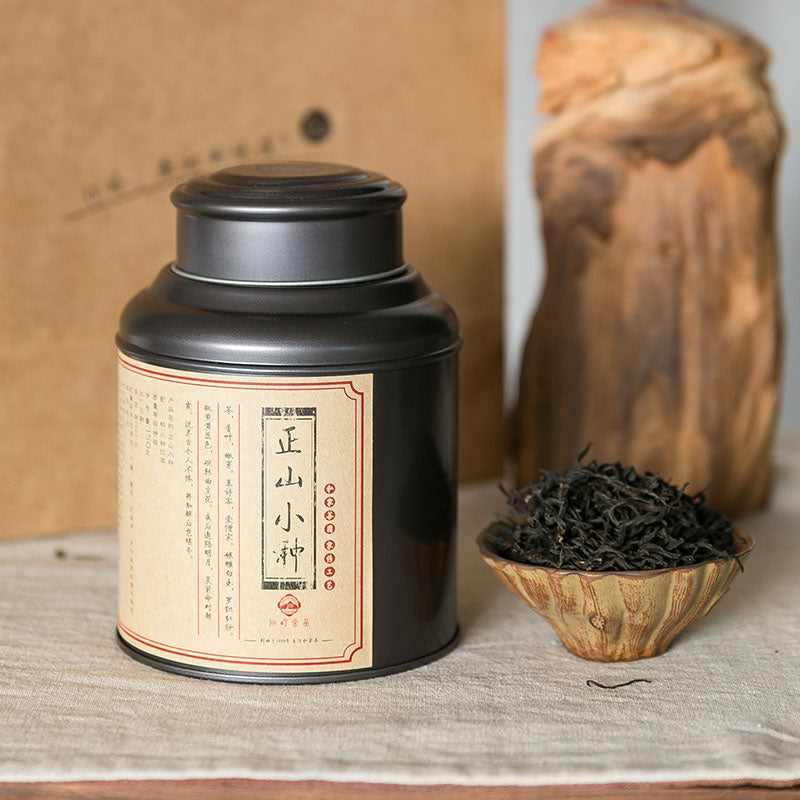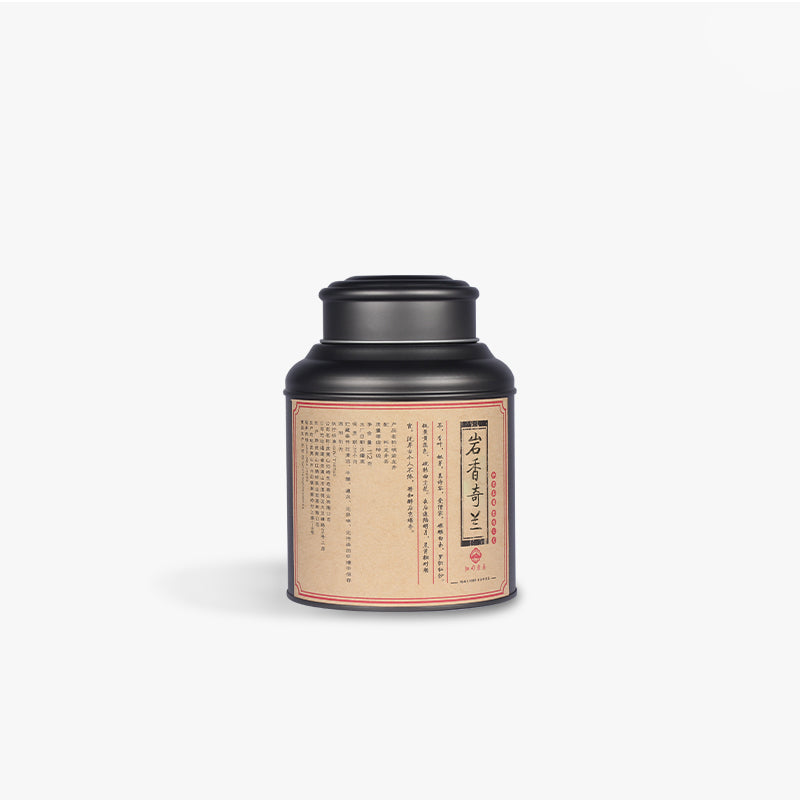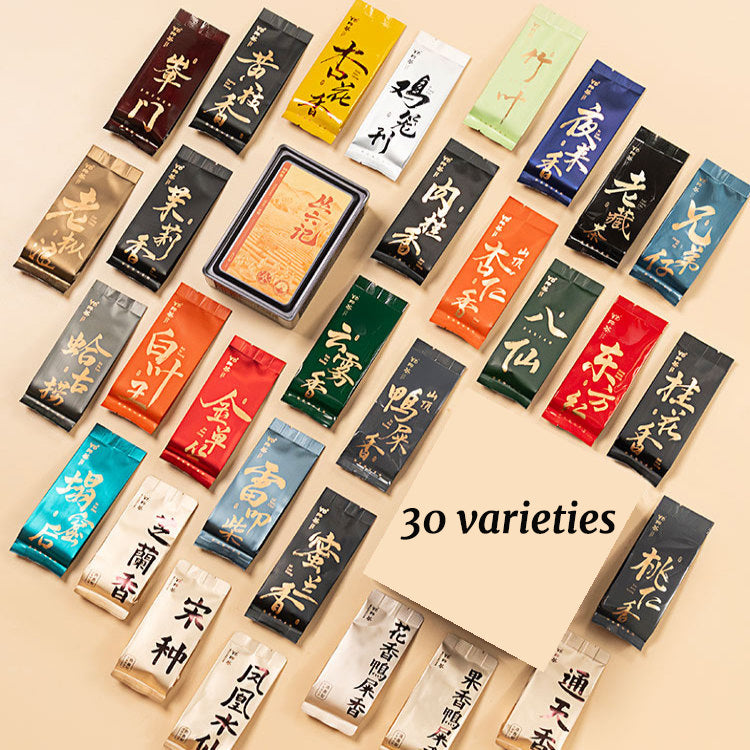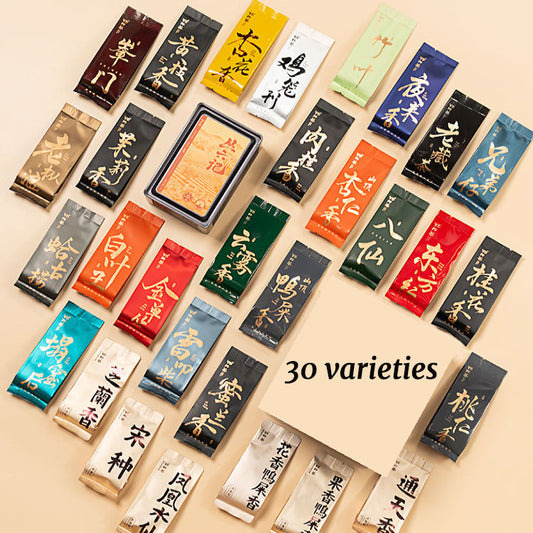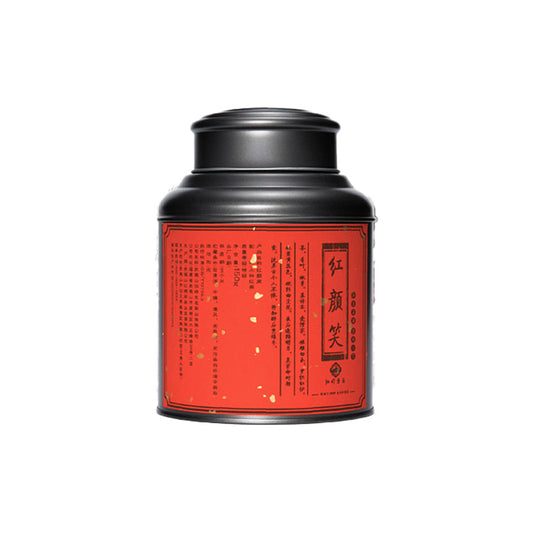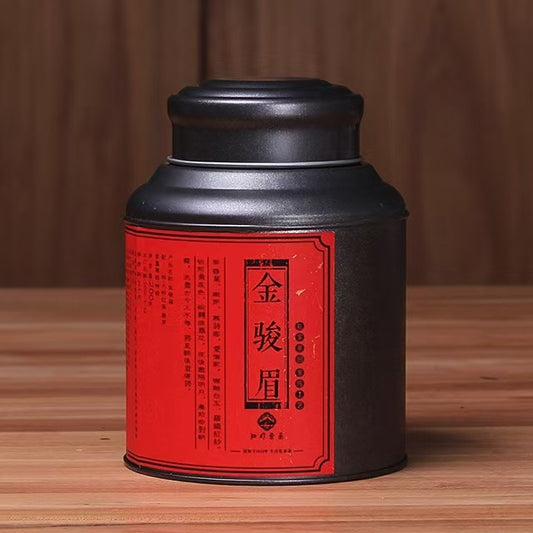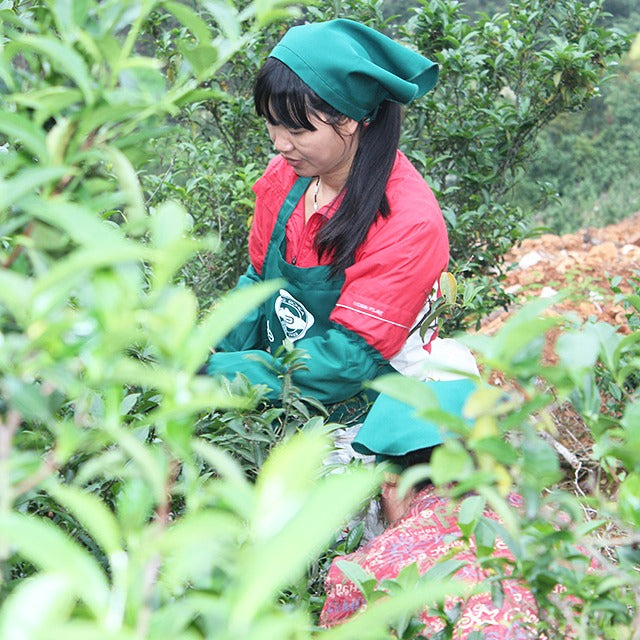Gang Liang The Essence of Freshness in Tea
Gang Liang The Essence of Freshness in Tea
In the nuanced world of tea, where every leaf carries a story, "gang liang" refers to the fresh, vibrant quality that a truly exceptional tea embodies. This term, though not widely recognized outside of Chinese tea culture, is a hallmark of what makes many traditional teas so compelling to both the novice and the connoisseur alike.
The concept of gang liang is deeply rooted in the practice of appreciating green teas from regions such as Zhejiang, where the famed Longjing, or Dragon Well tea, originates. Here, tea is not merely a beverage but a celebration of the season's bounty. The term itself, evocative of crisp mornings and new beginnings, encapsulates the fresh, lively flavors that spring teas bring to the palate. Gang liang denotes a particular sharpness and clarity in the cup, suggesting a tea that has been skillfully crafted and preserved to retain its natural essence.
When we speak of gang liang, we're talking about more than just flavor; it’s about the entire experience of tea. Imagine plucking the first tea leaves of the season, the air fragrant with possibilities, and those leaves being transformed into a cup of tea that tastes as fresh as that moment. This sense of immediacy and purity can only be achieved through meticulous attention to detail—from the precise picking of young buds and leaves to the gentle, expert drying process that locks in their inherent freshness.
Craftsmanship plays a pivotal role in harnessing this quality. Traditional methods, often passed down through generations, are employed to ensure that the tea's essential characteristics remain unaltered. In the case of Longjing, for instance, the distinctive pan-firing technique not only halts oxidation but also enhances the leaves’ natural sweetness and imparts the subtle roasted chestnut notes that are so beloved. These dedicated practices make gang liang not just a descriptor but a testament to the artistry behind the tea.
Brewing such a tea requires a mindful approach. A glass or porcelain gaiwan, with its wide-open top, is ideal for revealing the tea's vibrant color and aroma. The water should be around 80 degrees Celsius, hot enough to coax out the flavors without scalding the leaves. As you pour, observe the unfurling leaves—itself a visual demonstration of rejuvenation. The resulting liquor should be a delicate shade of jade, a visual promise of the freshness awaiting your taste buds.
In a world increasingly drawn to convenience, the pursuit of gang liang invites us to slow down and savor the present moment. Whether you're sipping a cup on a quiet afternoon or sharing it with friends, the fresh vibrance of gang liang offers a gentle reminder of simplicity's beauty. It’s the kind of experience that, when tasted, can transport you far beyond the confines of your daily life, if only for a moment.
Isn't it fascinating how something as simple as a tea leaf can offer such profound freshness and complexity? Gang liang is not just a flavor profile; it’s an invitation to connect deeply with the artistry and heritage that make tea a perennial joy.

